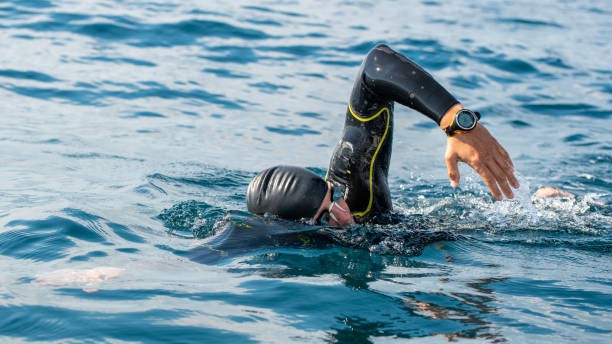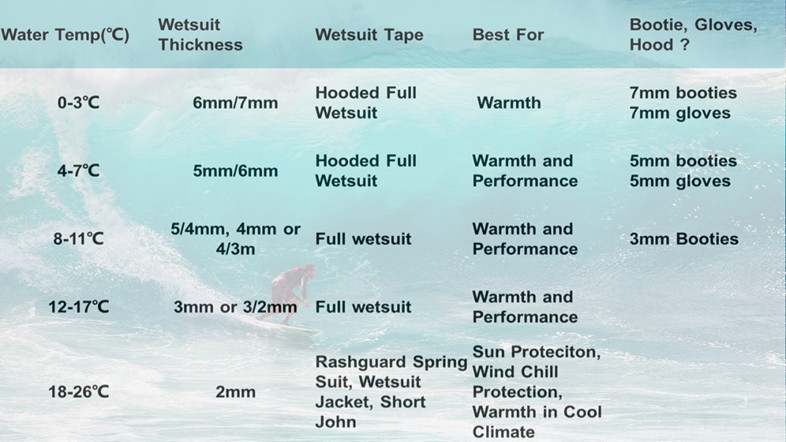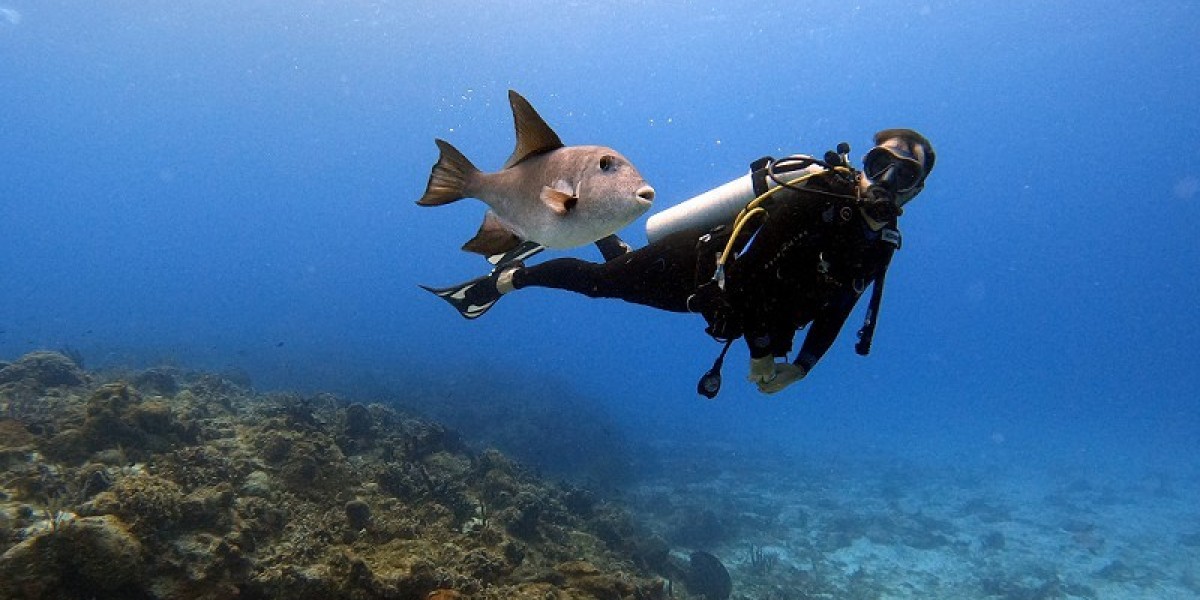Choosing the right wetsuit is as important as choosing the best equipment for many types of water sports and recreation (including diving, surfing, kiting, and other similar styles).
Therefore, the choice of a high-quality neoprene wetsuit is one of the main guarantees of safe water sports, and it is worth taking a responsible approach to solving this problem.
What to Consider
When choosing a wetsuit, the first thing to consider is the purpose and conditions for which it will be used. For example, swimming in cold Arctic water and surfing (or other water activities) in southern latitudes will require completely different wetsuits.
There are three basic types of wetsuits, based on water resistance, that are best suited for specific water activities:
Wet - It's not waterproof, but it retains the layer of water that forms between the suit and skin to balance body temperature.
Dry - completely isolates the body from the water and is usually used with thermal underwear.
Semi-dry - a variation of the wet type with better sealing.
For surfing, a wetsuit is the best option.

Types of wetsuits by thickness

5/4 mm - these numbers characterize the consistency, mainly 5 mm, but in the places of the most exceptional mobility (knees, elbows) - 4 mm. This is a relatively warm garment, which can be used for various water sports in water with a temperature of 4-7°C.
4/3 mm - medium thickness option. All models of this type usually have long legs, but the sleeves can be long or short and often even removable. This garment is suitable for recreation in water with a temperature of 8 -11°C.
3/2 mm - the most popular type due to its relative cheapness and suitability for sporting in the most optimal water temperatures (12 -17°C). Such a suit usually has long legs and adjustable sleeves.
2 mm - the thinnest and most suitable for sporting in hot summer with water temperatures in the range of 18-22°C. These suits are usually made with short sleeves and pant legs.
A good wetsuit not only protects you from the wind, but also from sunburn. Therefore, after trying on the chosen suit, it is worth doing a few knee bends to understand how comfortable you will be in it during your water activities. And most importantly - never compromise on safety!



